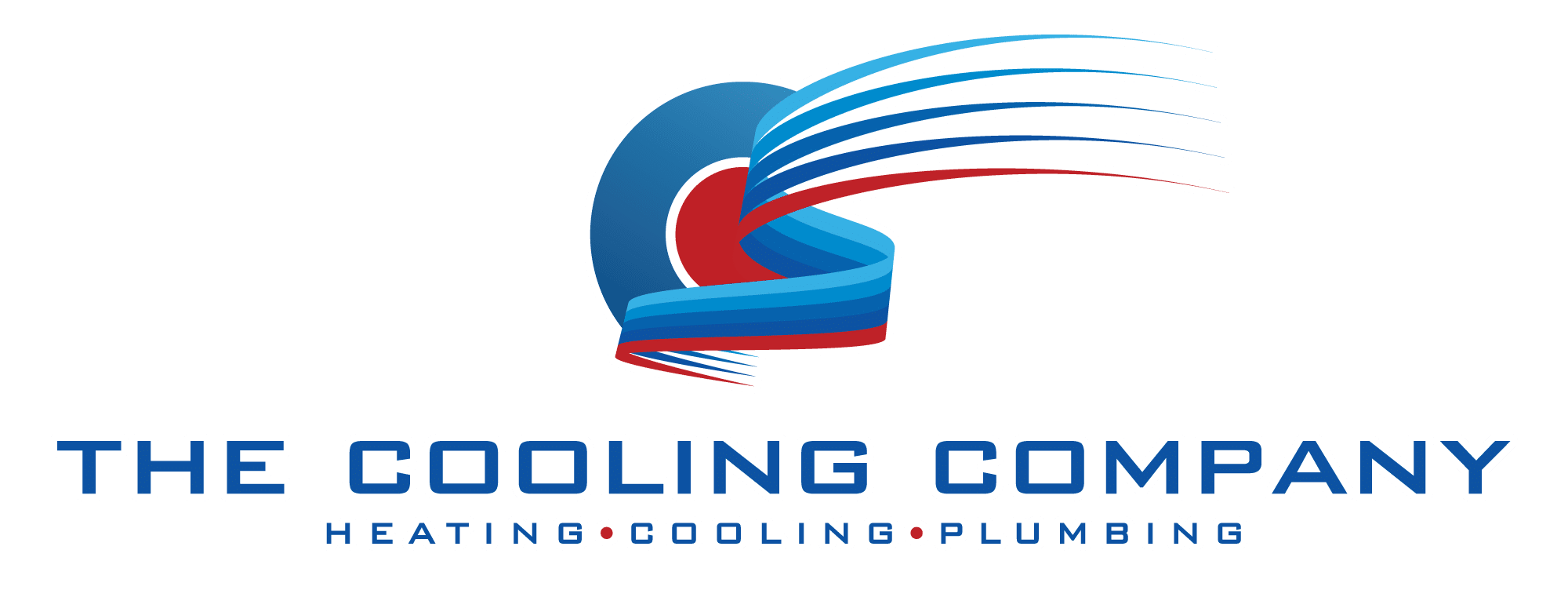Proper HVAC sizing is a critical factor in the success of any indoor grow room. Whether cultivating cannabis, vegetables, or other plants, maintaining optimal temperature, humidity, and air quality ensures healthy growth and maximizes yield. However, designing an HVAC system for a grow room is far from straightforward. It requires a detailed understanding of plant transpiration, heat loads, and energy efficiency considerations. This comprehensive guide will walk you through the essential steps and expert insights to accurately size HVAC equipment for your grow room, helping you avoid costly mistakes and create an ideal growing environment.
Understanding the Unique HVAC Needs of Grow Rooms
Indoor grow rooms present a unique set of challenges for HVAC design. Unlike typical commercial or residential spaces, grow rooms must accommodate the biological processes of plants, which significantly impact heat and moisture levels. For example, a 3,500-square-foot flowering canopy can transpire up to 500 gallons of water per day, releasing substantial moisture into the air. This evapotranspiration not only raises humidity but also provides a natural cooling effect that influences HVAC load calculations. The delicate balance of temperature and humidity is crucial, as too much moisture can lead to mold growth, while insufficient humidity can cause stress to the plants, ultimately affecting their growth and yield.
Additionally, lighting systems used in grow rooms generate considerable heat, which must be managed to maintain optimal temperatures. When lights are on, plants release more water vapor, further contributing to the cooling effect but also increasing the humidity that HVAC systems need to control. These factors make it essential to design HVAC systems that are tailored specifically to the grow room’s conditions rather than relying on generic commercial HVAC standards. Furthermore, the type of plants being cultivated can also dictate specific HVAC requirements; for instance, tropical plants may thrive in higher humidity levels, while others may require drier conditions. Therefore, understanding the specific needs of the plants being grown is essential for creating an effective climate control strategy.
Why Accurate HVAC Sizing Matters
Oversizing or undersizing HVAC equipment can have significant consequences. An oversized system wastes energy and increases operational costs, while an undersized system fails to maintain proper environmental conditions, risking plant health and yield. Understanding your HVAC cost per square foot is an important factor when balancing efficiency and budget. As one expert insight points out, “Designing an oversized system for a facility that requires smaller loads can waste energy and cost more money than necessary.” Proper sizing not only saves money but also enhances the sustainability and efficiency of the grow operation. Moreover, accurate sizing can lead to improved air distribution within the grow room, ensuring that all plants receive the necessary airflow and temperature uniformity, which is vital for consistent growth and development.
In addition to sizing, the choice of HVAC technology plays a critical role in the overall success of a grow room. Advanced systems, such as variable refrigerant flow (VRF) units, allow for precise control over temperature and humidity levels, adapting to the dynamic conditions of the grow environment. These systems can also integrate with smart technology, enabling growers to monitor and adjust settings remotely, ensuring optimal conditions at all times. Furthermore, energy-efficient HVAC solutions not only reduce operational costs but also contribute to a more sustainable growing operation, aligning with the increasing demand for environmentally responsible practices in agriculture. As the industry continues to evolve, investing in the right HVAC technology will be essential for growers looking to maximize both yield and efficiency.
Key Factors to Consider When Sizing HVAC for Grow Rooms
To accurately size HVAC equipment, several key factors must be analyzed in detail. These include heat loads, humidity control, air exchange rates, and the specific growth stages of the plants.
Calculating Heat Loads Based on Growth Stages
Heat loads in a grow room vary depending on the stage of plant growth. Seedlings, vegetative growth, and flowering stages each have different temperature and humidity requirements, as well as varying transpiration rates. Experts recommend calculating heat loads using target grow room conditions tailored to each stage. This approach ensures the HVAC system can adapt to changing environmental needs and maintain optimal conditions throughout the plant lifecycle.
Lighting contributes significantly to heat loads, with high-intensity lamps producing heat that must be offset by the HVAC system. Additionally, equipment such as dehumidifiers, fans, and CO2 generators add to the overall heat gain. Accurately accounting for all these sources is crucial for selecting the right HVAC capacity. Moreover, it is essential to consider the insulation and construction materials of the grow room, as these factors can influence heat retention and loss. A well-insulated space will require less energy to maintain desired temperatures, thus allowing for a more efficient HVAC system.
Managing Humidity Through Evapotranspiration
Evapotranspiration—the process by which plants release water vapor into the air—plays a dual role in grow room climate control. On one hand, it increases humidity levels, which must be managed to prevent mold and mildew. On the other hand, it provides a natural cooling effect that can reduce the HVAC system’s cooling load. Studies have shown that this cooling effect can reduce the required tonnage of the HVAC system by up to 30%, a significant efficiency gain.
Understanding the balance between humidity control and leveraging evapotranspiration is key.For a deeper dive into best practices, see our guide on temperature and humidity control in HVAC grow rooms. HVAC systems must be equipped with effective dehumidification capabilities, especially during flowering when moisture levels peak. At the same time, system design should harness the cooling benefits of plant transpiration to optimize energy use. Additionally, incorporating humidity sensors and automated controls can enhance the system’s responsiveness, allowing for real-time adjustments based on current conditions. This not only improves plant health but also contributes to energy savings by preventing overcooling or excessive dehumidification.
Ensuring Proper Air Exchange and Filtration
Air quality is another critical component of grow room HVAC design. Proper air exchange rates prevent the buildup of heat, humidity, and contaminants. Filtration systems help maintain clean air, reducing the risk of pests and diseases. The HVAC system must be capable of providing adequate fresh air intake and exhaust while maintaining pressure differentials to control odor and contamination.
Moreover, the choice of filtration media can significantly impact the effectiveness of the HVAC system. High-efficiency particulate air (HEPA) filters are often recommended for their ability to capture small particles, including spores and pollen that could compromise plant health. Additionally, integrating carbon filters can help neutralize odors, which is particularly important in commercial operations. Regular maintenance of these filtration systems is essential to ensure they function optimally, as clogged filters can lead to reduced airflow and increased energy consumption. Furthermore, incorporating an air circulation strategy that promotes even distribution of temperature and humidity throughout the grow room can enhance overall plant growth and yield.
Design Strategies for Energy-Efficient Grow Room HVAC Systems
With the rapid expansion of indoor grow facilities driven by increased legalization and demand, energy efficiency has become a top priority. Efficient HVAC design not only lowers operating costs but also supports sustainability goals.
Leveraging High-Performance Design Techniques
Integrating high-performance design strategies can significantly enhance HVAC efficiency. For a step-by-step overview, review our HVAC design checklist to make sure your system covers airflow, duct layout, and energy controls. These strategies include optimizing ductwork layout to minimize pressure losses, using variable speed fans and pumps, and incorporating advanced controls that adjust system operation based on real-time environmental data. According to industry experts, such integration “will go a long way in increasing the efficiency of the entire HVAC system.”
Additionally, selecting equipment with high energy efficiency ratings and designing systems that can modulate capacity based on load variations prevent energy waste. This is especially important in grow rooms where environmental conditions fluctuate with plant growth stages and lighting schedules.
Balancing Local Demand and Sustainability
The growing consumer preference for locally sourced and sustainably grown products is influencing the design of indoor grow spaces. Energy-efficient HVAC systems align with this trend by reducing the carbon footprint of cultivation operations. As reported in industry analyses, the heightened demand for cannabis and other efficiently grown crops is driving the adoption of such systems.
Growers are increasingly investing in HVAC solutions that not only meet environmental requirements but also contribute to operational resilience and cost savings. This holistic approach to HVAC design supports both business goals and environmental stewardship.
Practical Steps to Size Your Grow Room HVAC System
Translating these principles into actionable steps helps growers design HVAC systems that meet their specific needs.
-
Step 1: Define Grow Room Parameters
Begin by clearly defining the grow room’s size, layout, and plant density. Consider the total canopy area, as this influences transpiration rates and heat loads. For example, a 3,500-square-foot canopy can transpire hundreds of gallons of water daily, a critical factor in humidity management.
-
Step 2: Calculate Heat and Moisture Loads
Use detailed calculations to estimate heat gains from lighting, equipment, and plants. Include moisture loads from evapotranspiration and any additional sources such as irrigation. Employ target conditions for different growth stages to refine these estimates.
-
Step 3: Select HVAC Equipment Based on Load Calculations
Choose HVAC components that match the calculated cooling and dehumidification requirements without oversizing. Consider modular or scalable systems that can adapt as your operation grows or changes.
-
Step 4: Incorporate Controls and Monitoring
Implement advanced controls to monitor temperature, humidity, and CO2 levels continuously. Automated adjustments help maintain optimal conditions and improve energy efficiency.
-
Step 5: Plan for Maintenance and Future Expansion
Design the system with accessibility for maintenance and potential upgrades. As grow operations expand, HVAC demands may increase, so flexibility is essential.
Conclusion
Sizing HVAC systems for grow rooms requires a nuanced understanding of plant biology, environmental control, and energy efficiency. By carefully calculating heat and moisture loads, considering plant growth stages, and leveraging natural cooling effects like evapotranspiration, growers can design HVAC systems that optimize plant health and operational costs. Incorporating high-performance design strategies and advanced controls further enhances system efficiency, aligning with the growing demand for sustainable indoor cultivation.
Ultimately, investing time and expertise into proper HVAC sizing pays off in healthier plants, higher yields, and a more sustainable grow operation. Whether you are setting up a small grow room or scaling to a commercial facility, this comprehensive approach will help ensure your HVAC system supports your cultivation goals effectively and efficiently.
Ready to Optimize Your Grow Room HVAC?
At The Cooling Company, we tailor HVAC systems to your grow room’s unique needs in Las Vegas. Get reliable heating, cooling, and air quality solutions that help your plants thrive and your operation stay efficient.



